Kate Friend’s photographic series on orchids is a breath of fresh air
The photographer reflects on the elegance and ephemerality of the ‘sitters’ in her Orchids series, created in collaboration with Sussex-based nursery McBean’s Orchids
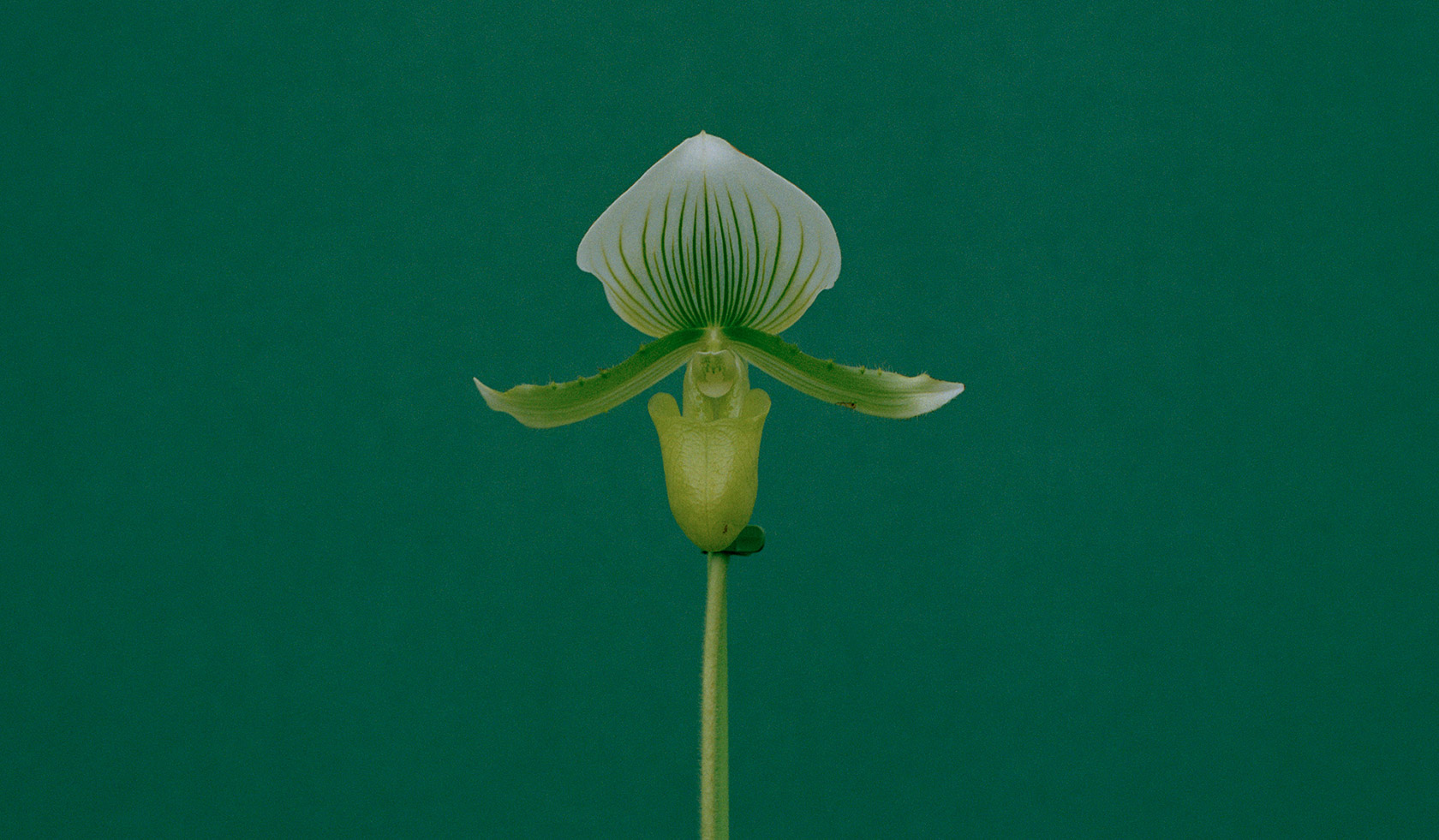
Kate Friend - Photography
‘Photography legitimised a need to travel,’ explains photographer Kate Friend. At 18 years old, she left the UK for Mongolia. Soon after that, she based herself in China, living in Beijing and travelling to all corners to build a portfolio. ‘I had a stab at shooting documentary work but realised quickly that the glory days of that were long gone so starting shooting commercial assignments. I took any job that came with a plane ticket.’ Now settled in London, the peripatetic has previously lived and worked in New York, Berlin, Paris, Tokyo, Iceland and Indonesia – but it was an urge to explore British identity through plants that made her realise it was time, perhaps, to stop and smell the roses.
The artist teamed up with Sussex-based nursery McBean’s Orchids for her latest series on flowers, capturing spellbinding images of exotic orchids in full bloom. Friend’s process is ‘minimal, in all aspects’. Working purely with natural light and a medium-format camera, she shoots entirely on location although her images might suggest otherwise. ‘The flowers are isolated and spare, usually a stem or two, never a bunch. I don’t like a crowd,’ she notes. ‘Flowers’ seasons are so short, I like to honour that temporariness in the way that I shoot. I see it as a process of giving up control: my parameters are set in terms of aesthetic and equipment, and within that I have to go with what I’m given. It’s a freeing way of working and it can lead to moments of intense synchronicity.’
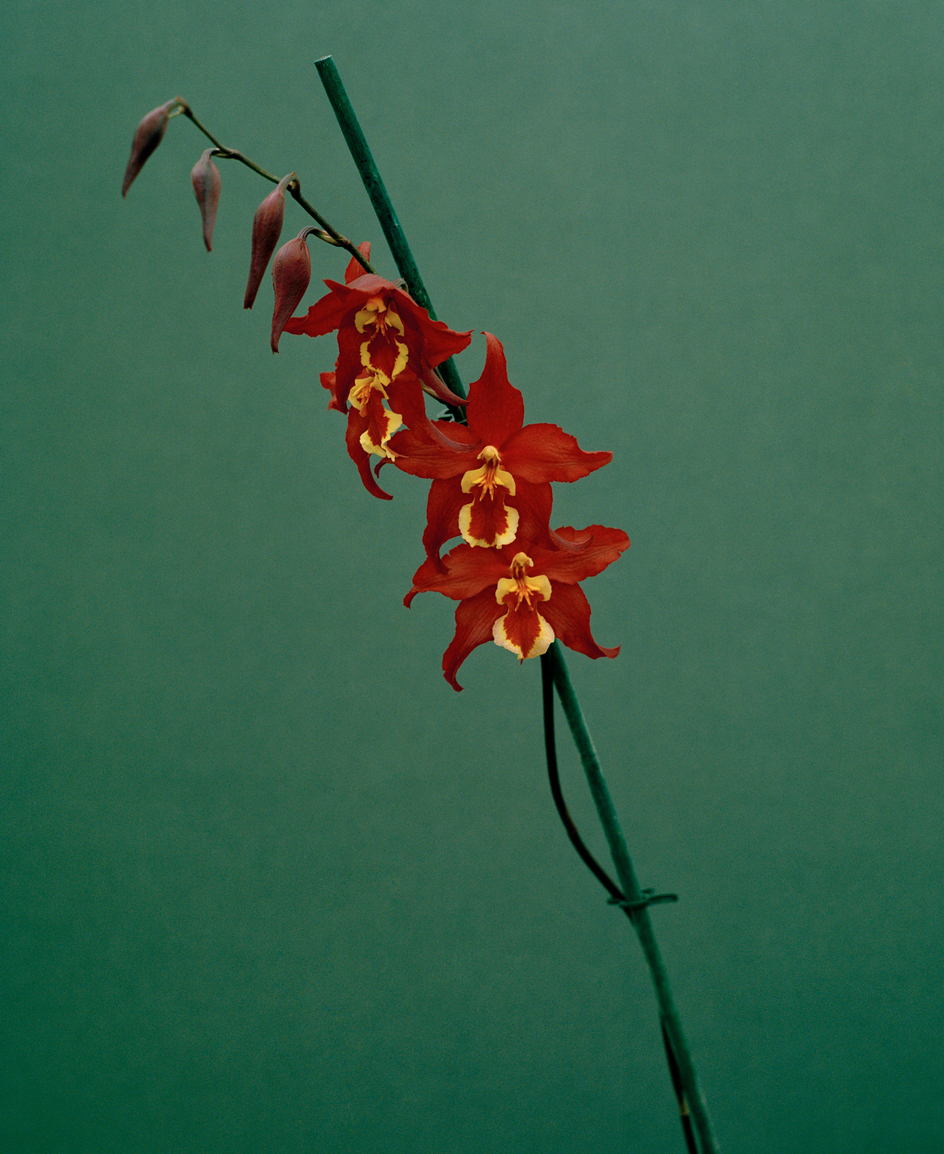
McBean's Leila
Friend’s purely analogue process – she uses 120mm film, which allows for 10 shots per roll – echoes the slow, considered approach of horticulture. ‘I suppose I learned photography in a bit of a backwards way,’ she says. ‘I shot for years, mostly digital, for a broad range of clients but didn’t really connect with it, it was only when I burnt myself out from moving around all over the place that I started really looking at light, went back to shooting film and dug out my old Pentax 6x7. It was the flowers that taught me how to stop and look.’ Friend similarly cites the early 20th-century images of vegetables by gardener Charles Jones as an inspiration, as well as the work of Ogawa Kazumasa, Karl Blossfeldt, Robert Mapplethorpe, Irving Penn, and Gertrude Jekyll, ‘…all the flower greats’.
And while her photographic career has taken a turn from fashion (Issey Miyake and Commes des Garçons are among her clients), flowers – like people, as it turns out – have their own quirks as ‘sitters’. ‘Portraiture is about performance, on the part of the sitter and also on the part of the photographer. You want to extract from your sitter something nuanced, something “real”. It’s all a game; a dance with your sitter,’ muses Friend. ‘Still life has pressures too but they’re not human, so you can work in your head without needing to communicate. For me, still life is a way to engage in more of a pure way with photography. I can forget about a team or a sitter and just work with light, colour and space.’
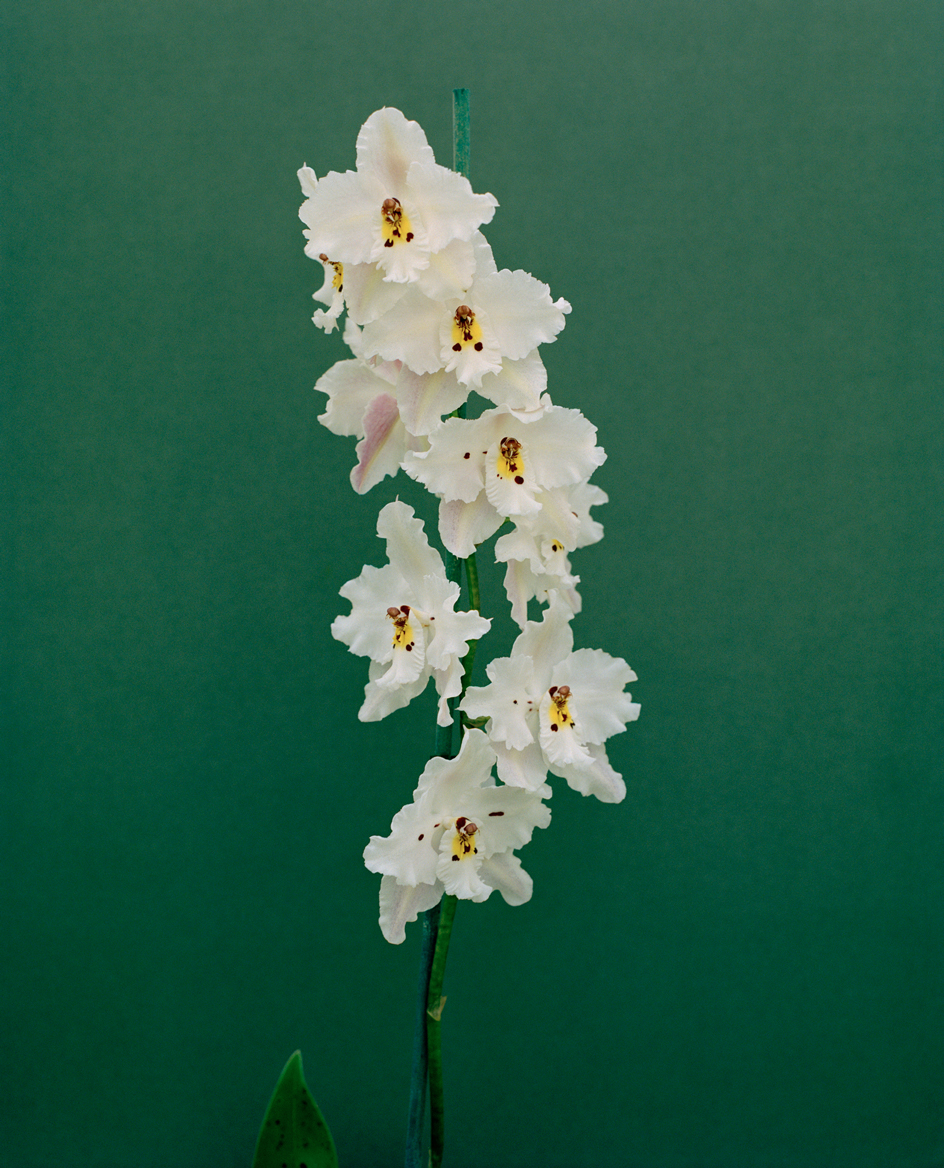
Oncidium Alexandrae Stephanie
Friend was due to exhibit her series at the RHS Spring Launch and Orchid Show in London earlier this month, before it was cancelled due to the COVID-19 pandemic. Upon reflection, the images have taken on a new meaning in these turbulent times. ‘The lone orchid image has certainly started to feel metaphoric, like a mascot of this time,’ adds Friend. ‘I learned from McBeans that orchids are dormant for most of the year, flowering briefly before retreating back to leafy sleep. They give it their all for this brief window of time. The flowers are not the “normal” state, they are the exceptional state.’
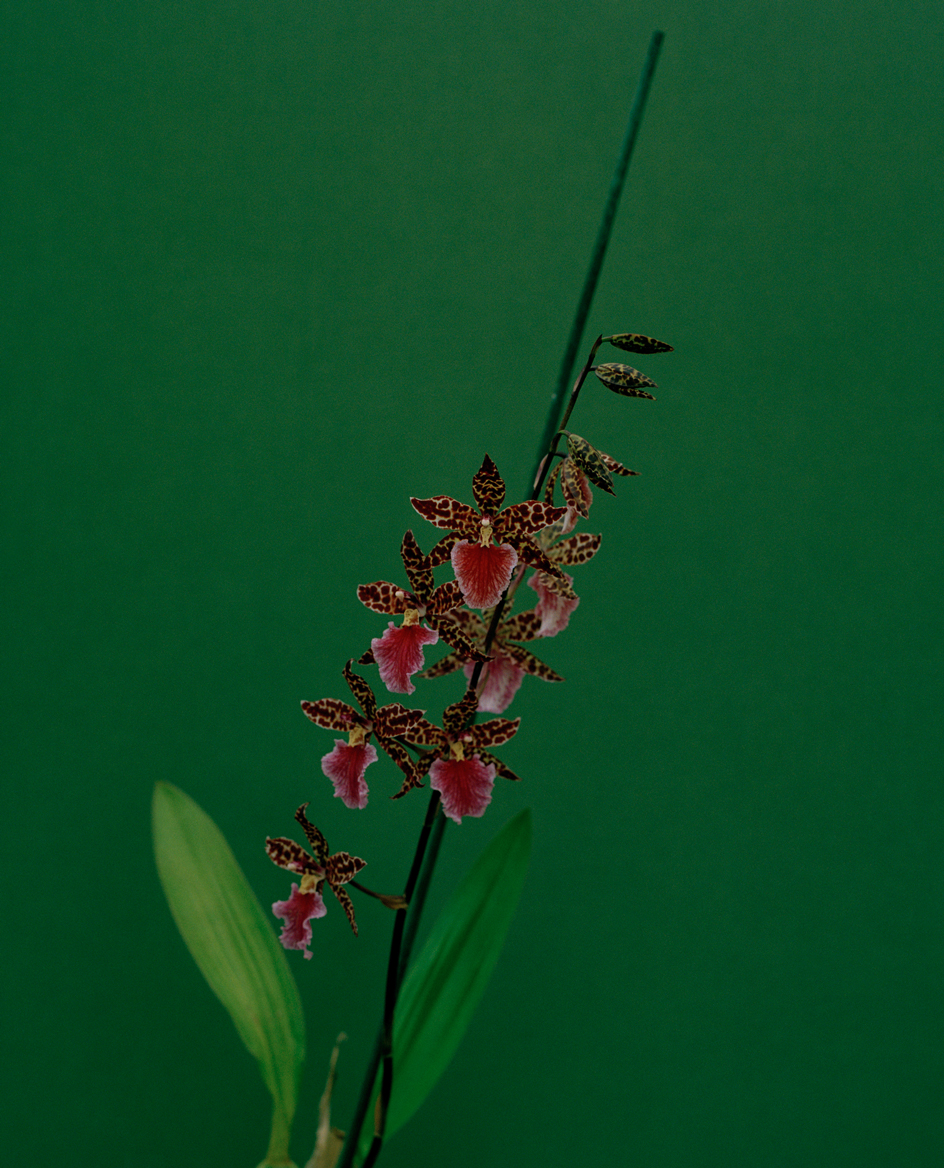
Rhynchostele Bic-ross
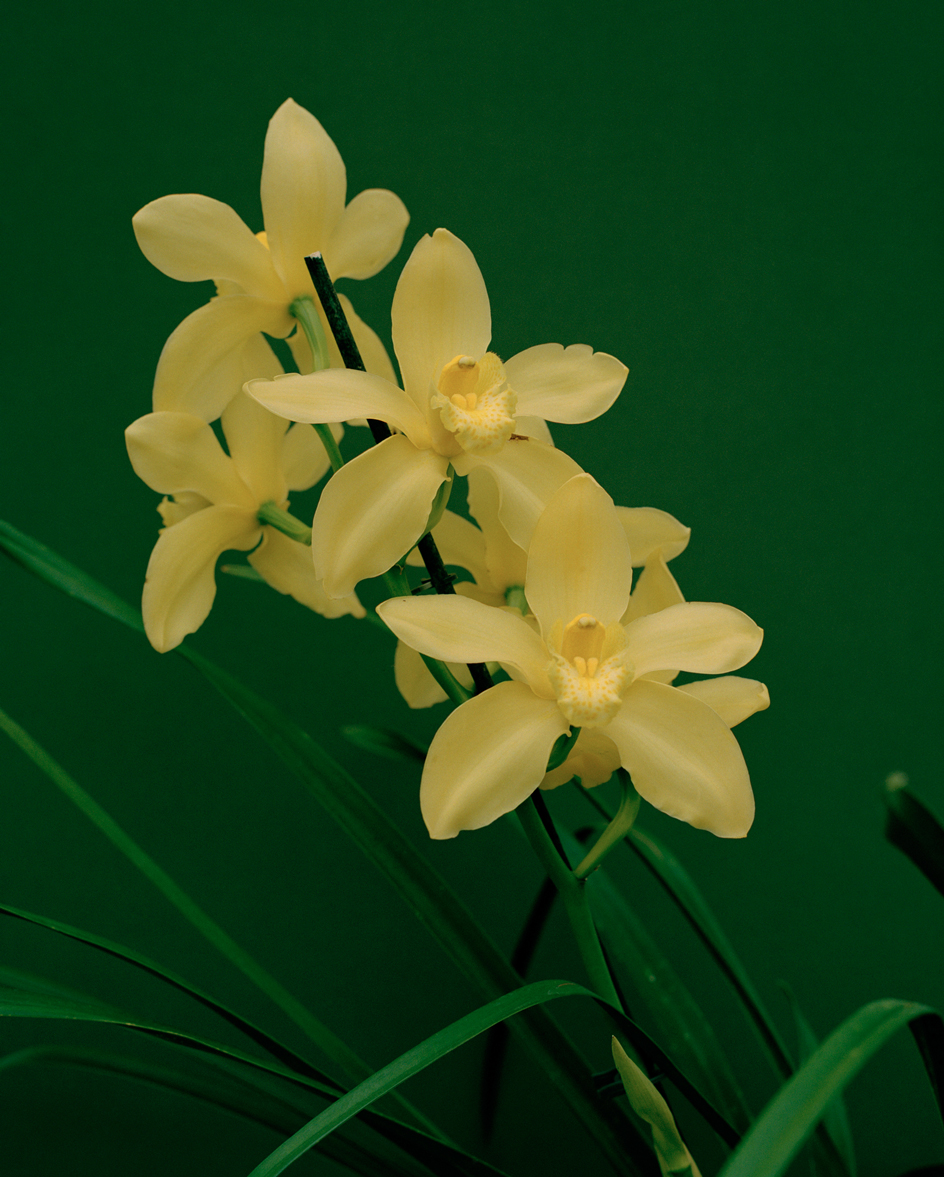
Cymbidium Loch Watten x Pure Ice
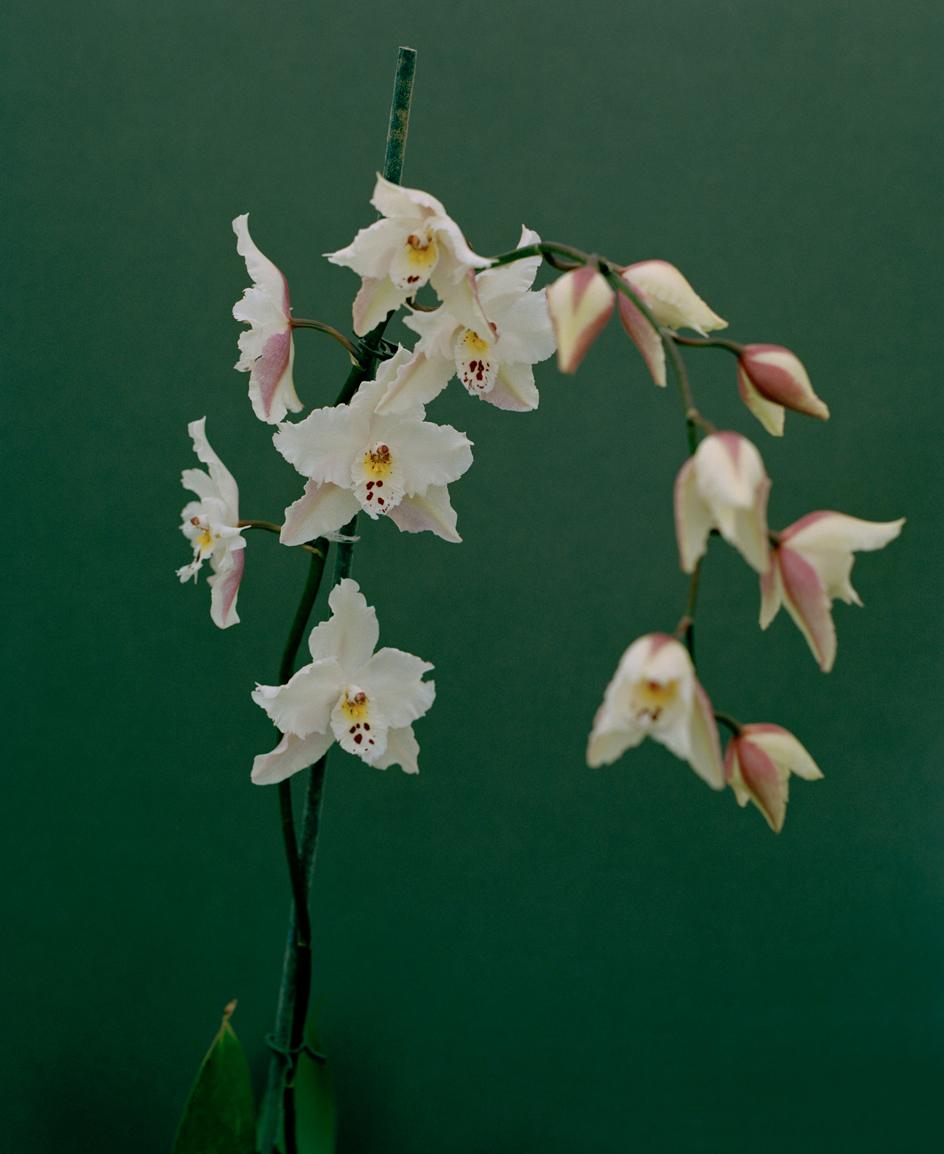
Oncidium Alexandrae

Oncidium Trixon Var Lyoth Princess
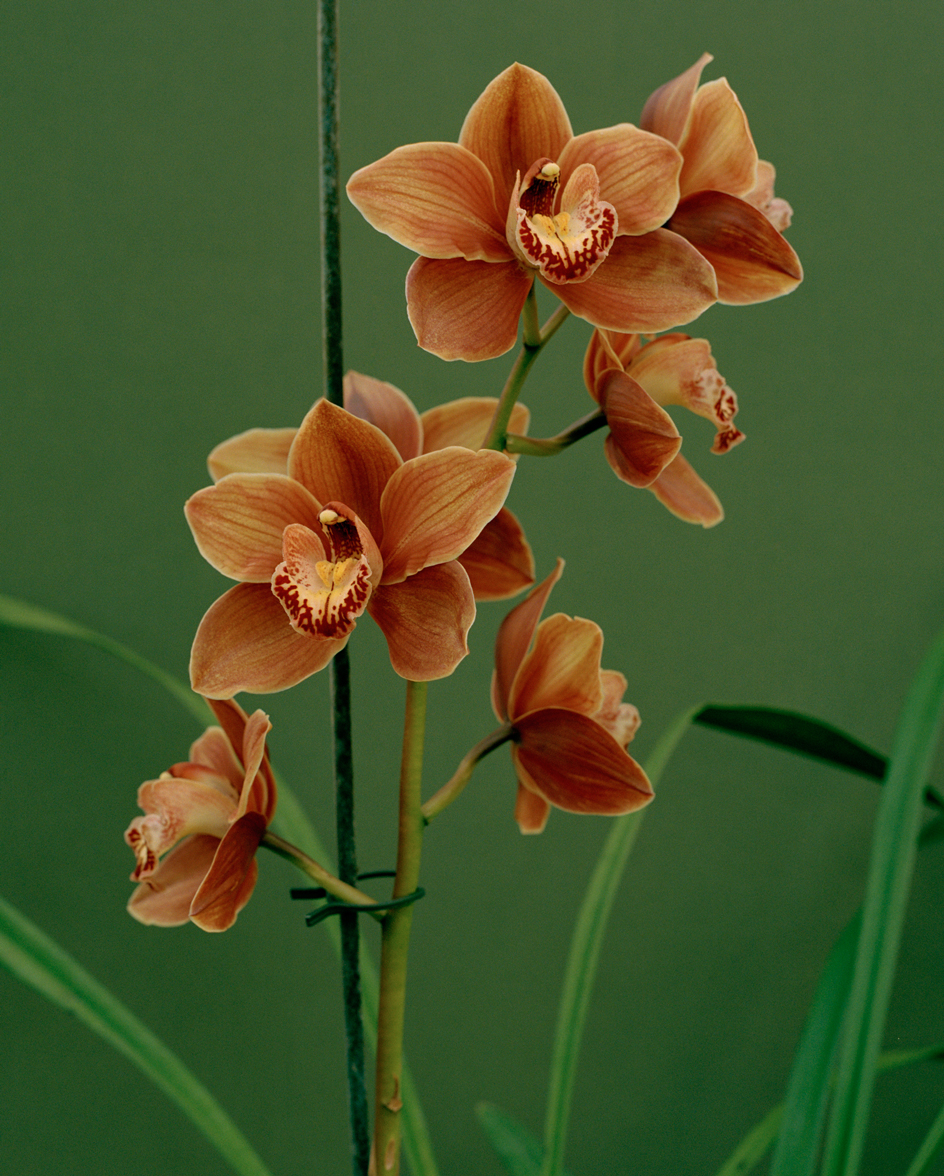
Cymbidium Loch Maree X Pontac
INFORMATION
Limited-edition prints from the series are available to purchase here
Receive our daily digest of inspiration, escapism and design stories from around the world direct to your inbox.
-
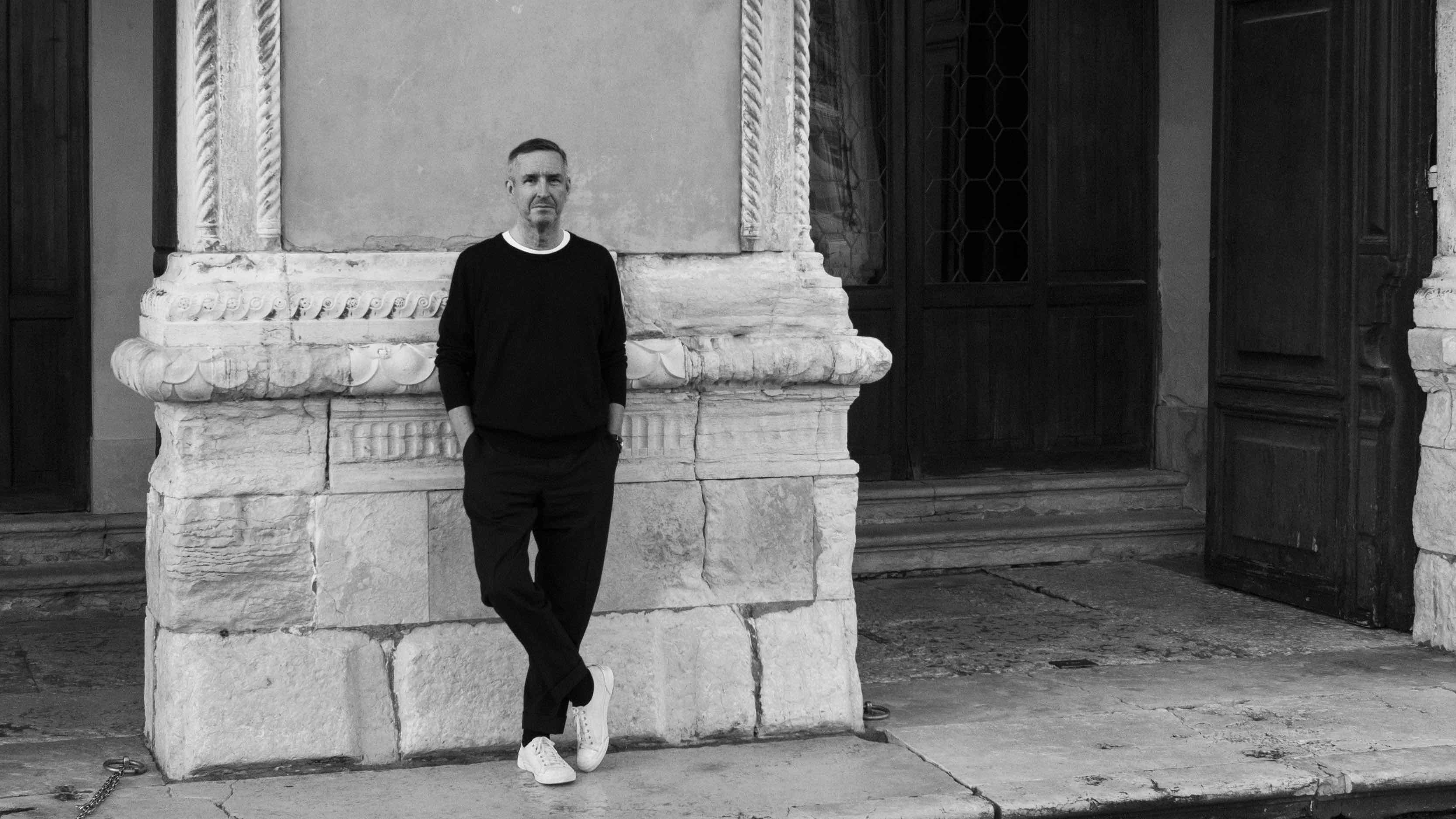 Dries van Noten on why he's building a new home for craft in Venice
Dries van Noten on why he's building a new home for craft in VeniceA year after departing the runway, Dries van Noten unveils his next chapter: the Fondazione Dries Van Noten, a newly announced cultural initiative in Venice celebrating craft in all its forms. Wallpaper meets the designer to find out why he’s not ready to retire.
-
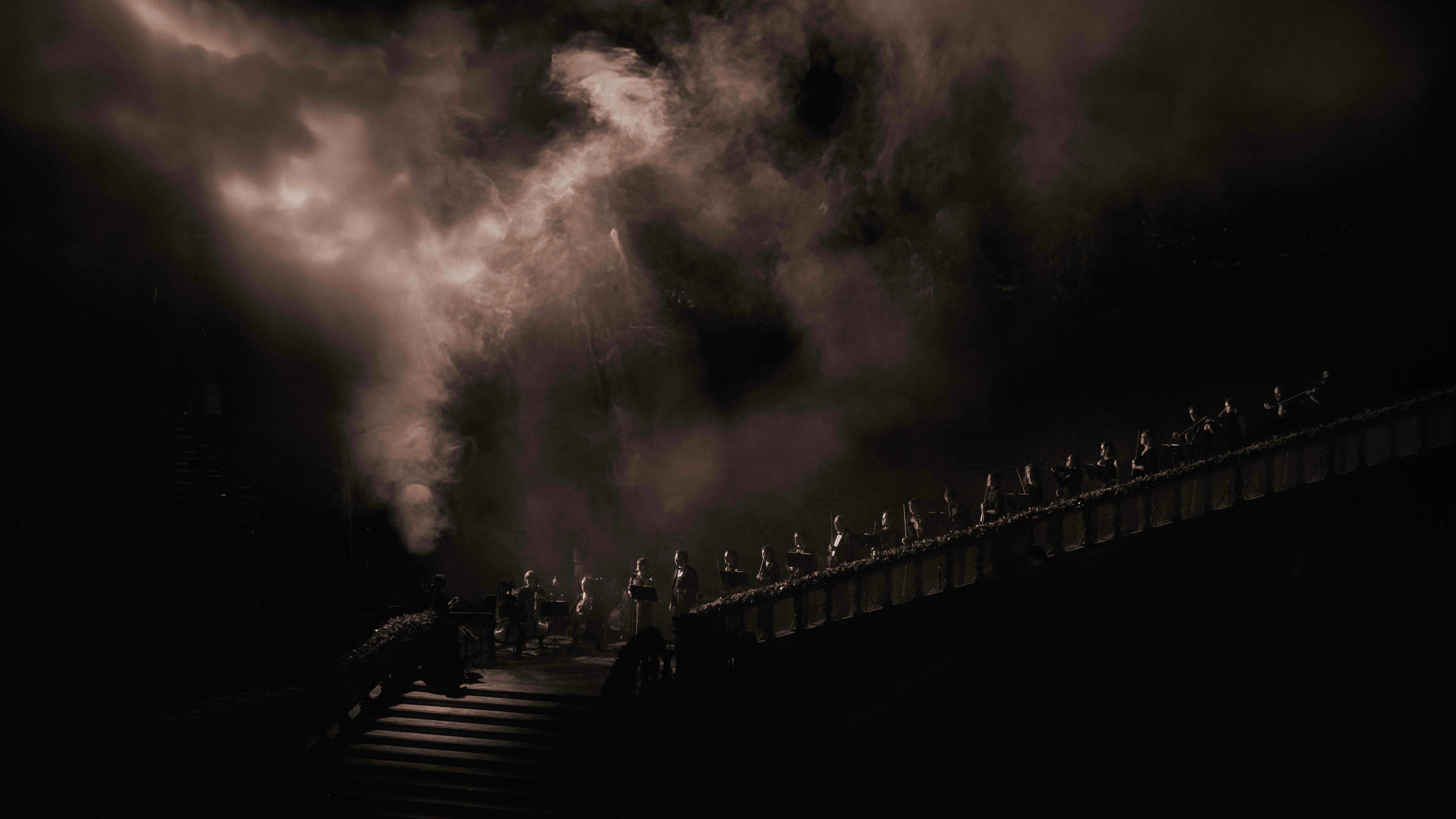 Alexander Wessely turns the Nobel Prize ceremony into a live artwork
Alexander Wessely turns the Nobel Prize ceremony into a live artworkFor the first time, the Nobel Prize banquet has been reimagined as a live artwork. Swedish-Greek artist and scenographer Alexander Wessely speaks to Wallpaper* about creating a three-act meditation on light inside Stockholm City Hall
-
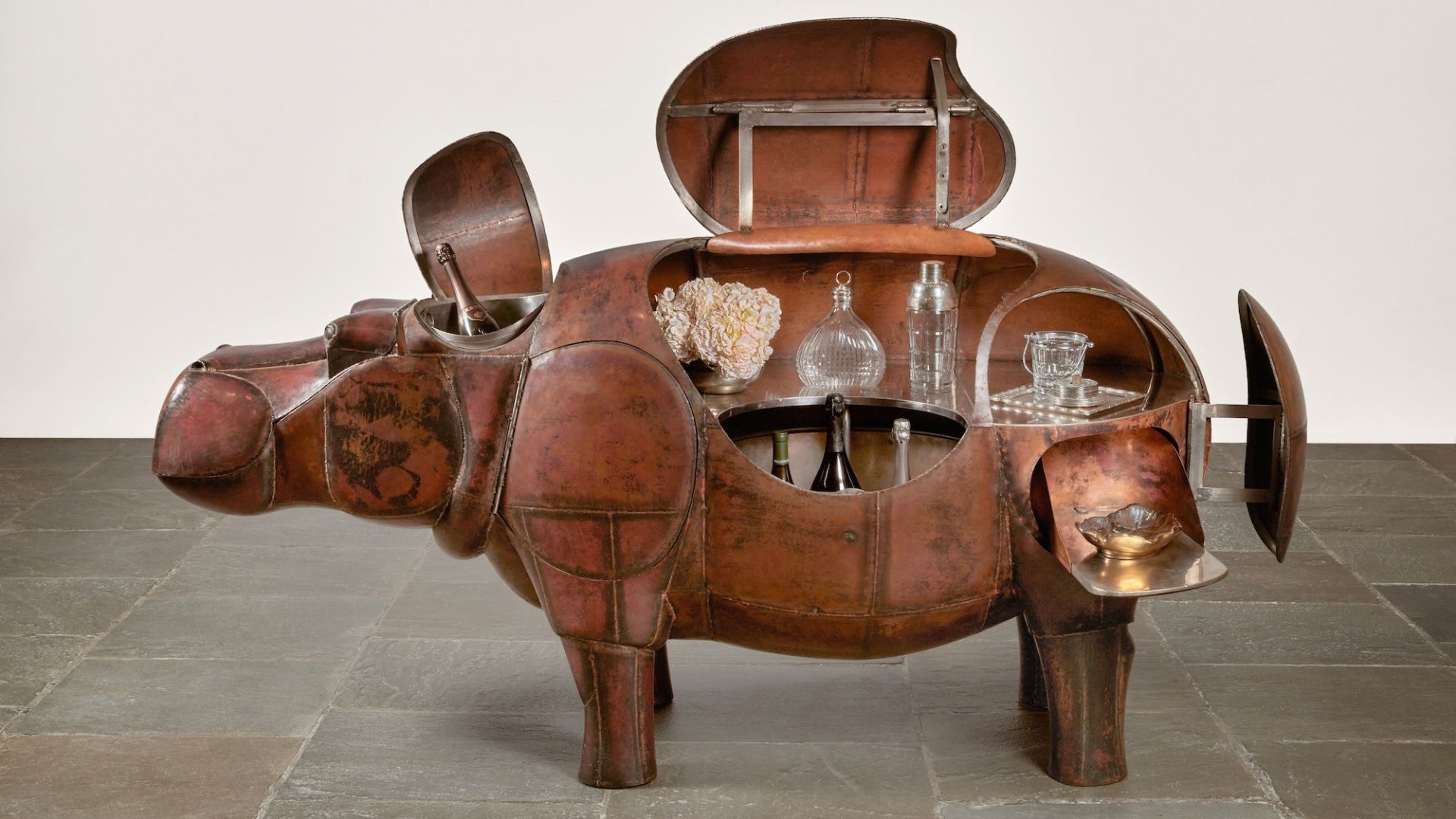 At $31.4 million, this Lalanne hippo just smashed another world auction record at Sotheby’s
At $31.4 million, this Lalanne hippo just smashed another world auction record at Sotheby’sThe jaw-dropping price marked the highest-ever for a work by François-Xavier Lalanne – and for a work of design generally
-
 Riccardo Dalisi’s first UK retrospective opens at east London gallery Spazio Leone
Riccardo Dalisi’s first UK retrospective opens at east London gallery Spazio LeoneSpazio Leone draws together six decades of the Italian visionary’s work, from whimsical coffee pots to radical community workshops
-
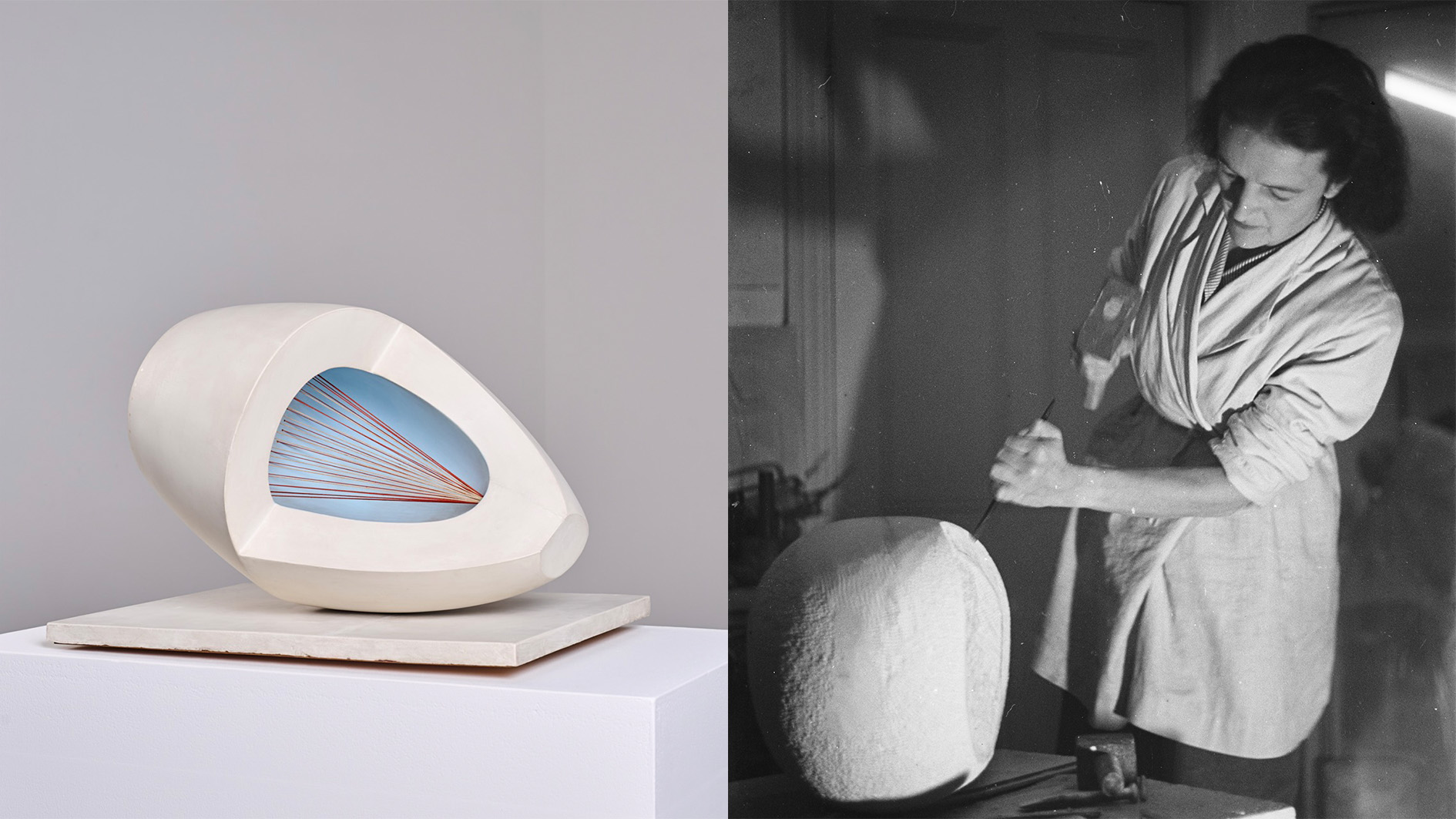 Inside the fight to keep an iconic Barbara Hepworth sculpture in the UK
Inside the fight to keep an iconic Barbara Hepworth sculpture in the UK‘Sculpture with Colour’ captures a pivotal moment in Hepworth’s career. When it was sold to an overseas buyer, UK institutions launched a campaign to keep it in the country
-
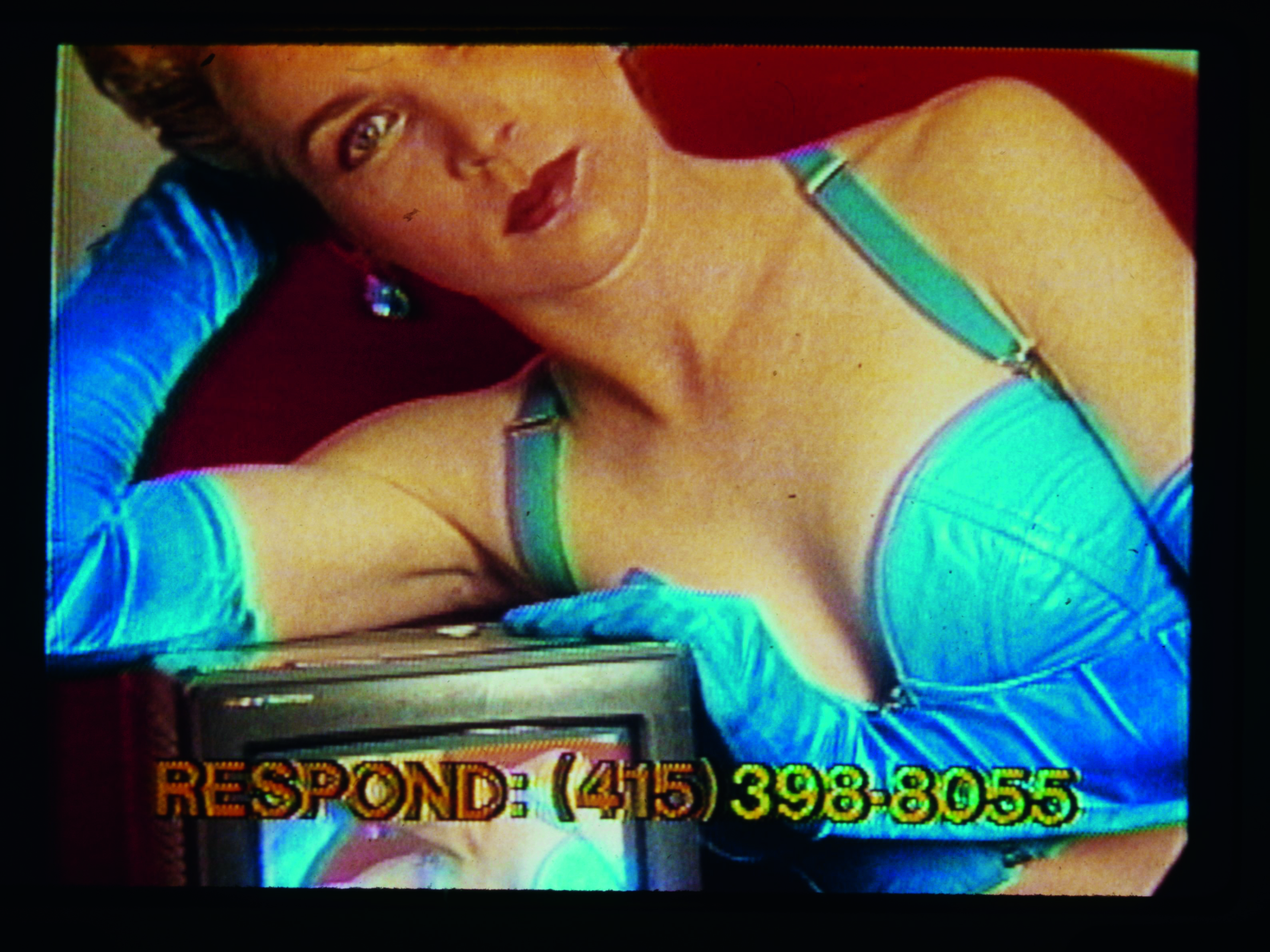 Thirty-five years after its creation, Lynn Hershman Leeson’s seminal video is as poignant as ever
Thirty-five years after its creation, Lynn Hershman Leeson’s seminal video is as poignant as everLynn Hershman Leeson’s 'Desire Inc', at 243 Luz in Margate, blurs the boundaries between art and reality
-
 A bespoke 40m mixed-media dragon is the centrepiece of Glastonbury’s new chill-out area
A bespoke 40m mixed-media dragon is the centrepiece of Glastonbury’s new chill-out areaNew for 2025 is Dragon's Tail – a space to offer some calm within Glastonbury’s late-night area with artwork by Edgar Phillips at its heart
-
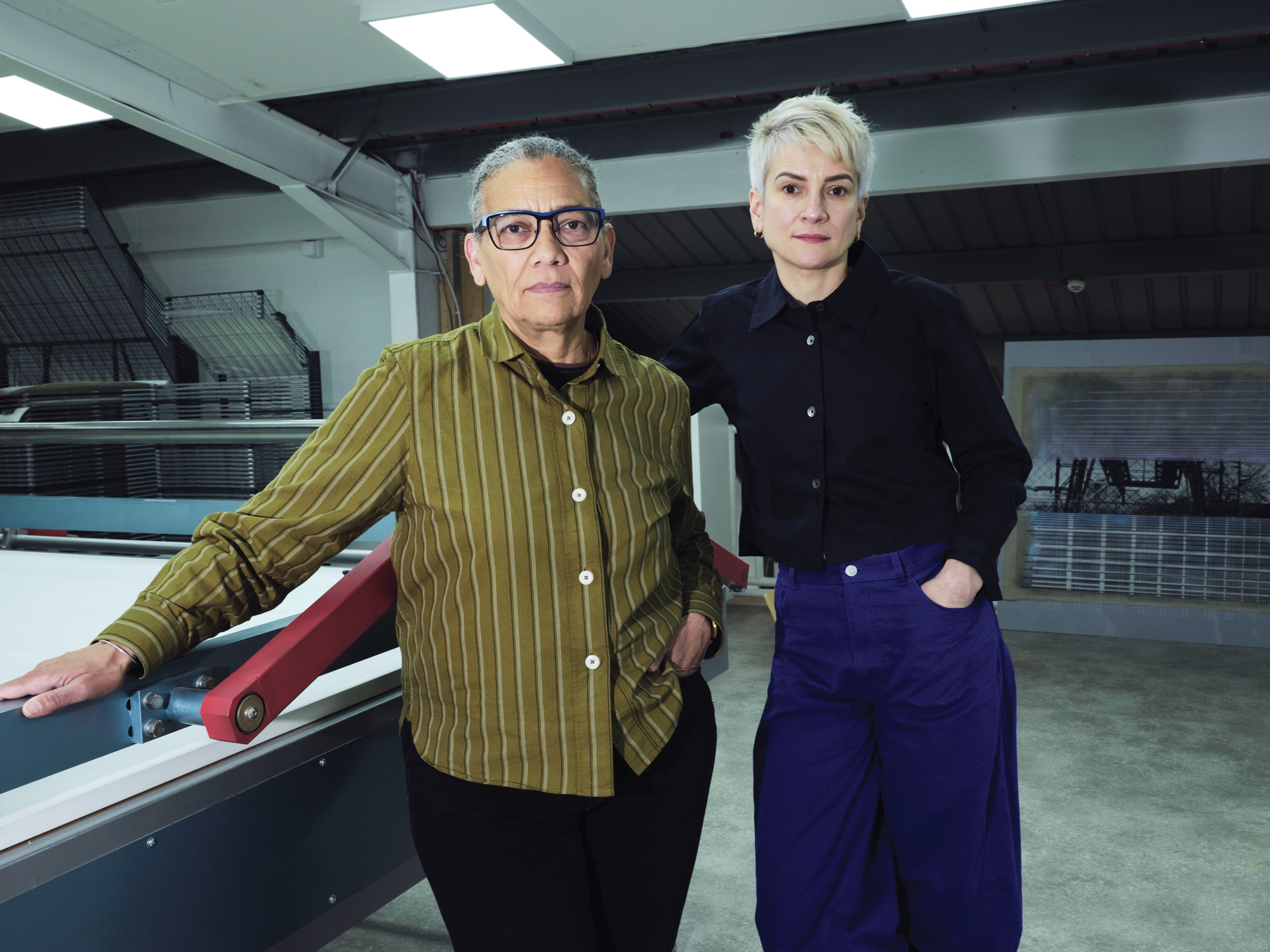 Lubaina Himid and Magda Stawarska’s new show at Kettle’s Yard will uncover the missing narratives in everyday life stories
Lubaina Himid and Magda Stawarska’s new show at Kettle’s Yard will uncover the missing narratives in everyday life storiesThe artists and partners in life are collaborating on an immersive takeover of Kettle’s Yard, Cambridge, in an exhibition that delves into a lost literary legacy
-
 See the fruits of Niki de Saint Phalle and Jean Tinguely's creative and romantic union at Hauser & Wirth Somerset
See the fruits of Niki de Saint Phalle and Jean Tinguely's creative and romantic union at Hauser & Wirth SomersetAn intimate exhibition at Hauser & Wirth Somerset explores three decades of a creative partnership
-
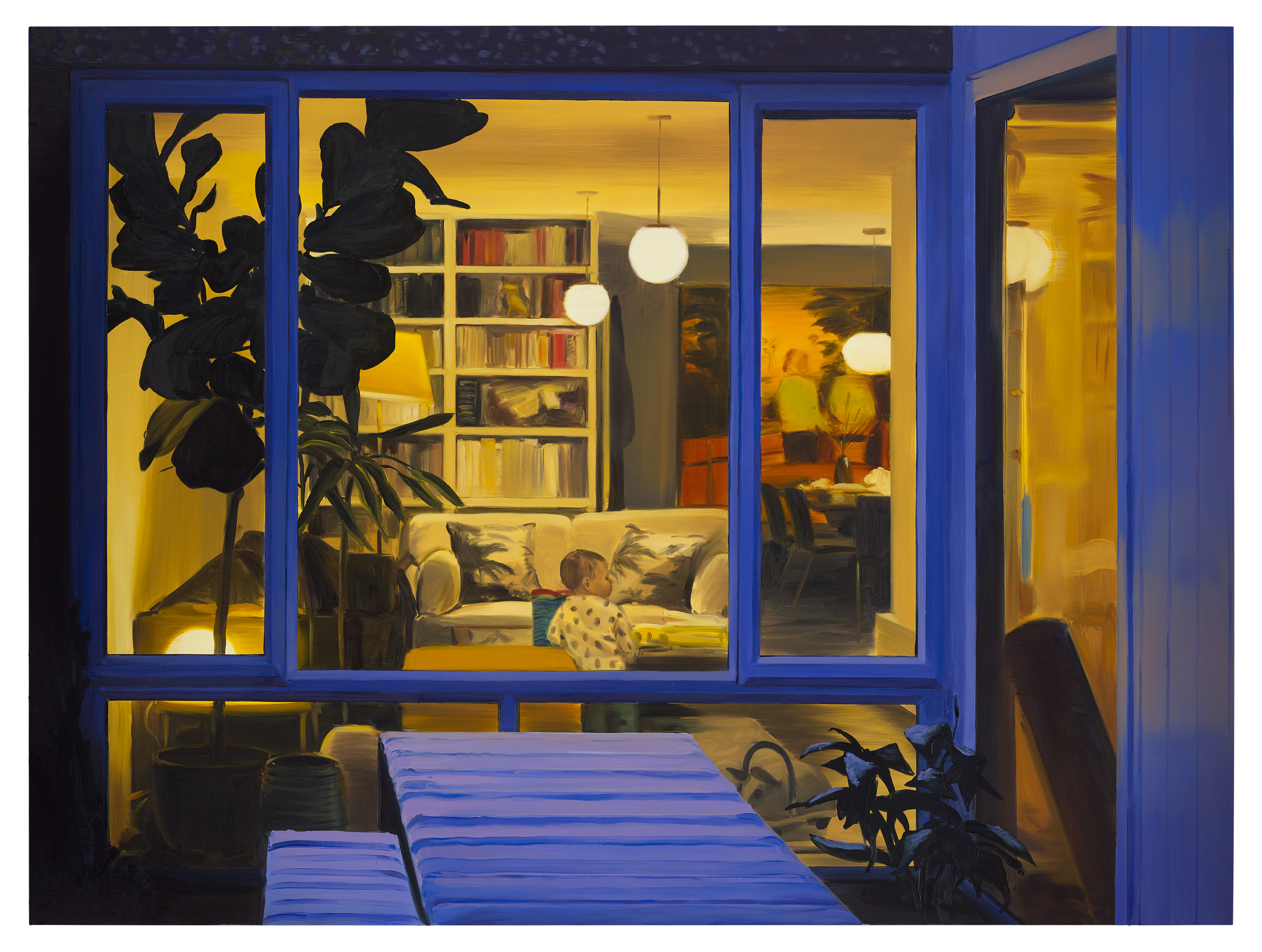 Caroline Walker's new show speaks to women everywhere, including me
Caroline Walker's new show speaks to women everywhere, including me'Everything related to my life with young children, because it's such an all encompassing experience,' the artist says of her new show at the Hepworth Wakefield
-
 Cassi Namoda is rethinking stained-glass windows at Turner Contemporary in Margate
Cassi Namoda is rethinking stained-glass windows at Turner Contemporary in MargateThe artist drew from an eclectic range of references when considering the traditional medium for a Turner Contemporary window overlooking the beach – she tells us more